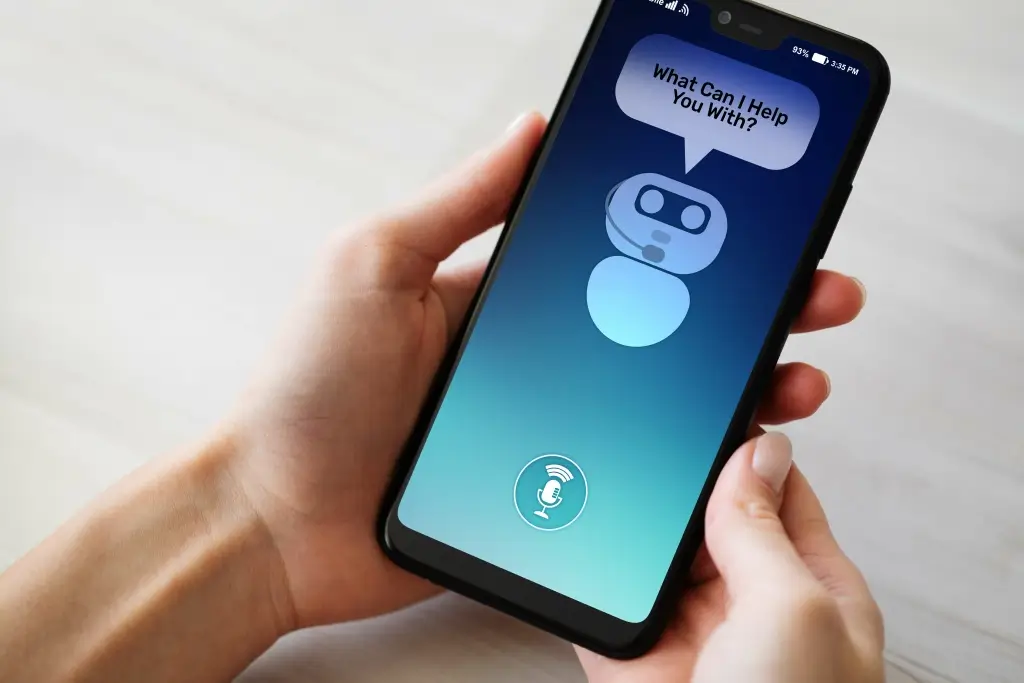AI News
Cognitive Automation In Healthcare
What is Cognitive Automation and What is it NOT?
While it is necessary to compare RPA and cognitive automation, businesses should not make the mistake of thinking they need to choose one or the other. While each software is distinct, they actually complement each other and can form an ideal team for augmenting human workers. It has been estimated RPA can be applied to 60% of an enterprise’s activities, with the remaining 40% of tasks requiring human cognitive capabilities such as decision-making, understanding complex relationships and ongoing learning. Another viewpoint lies in thinking about how both approaches complement process improvement initiatives, said James Matcher, partner in the technology consulting practice at EY, a multinational professional services network.
- Comparing RPA vs. cognitive automation is “like comparing a machine to a human in the way they learn a task then execute upon it,” said Tony Winter, chief technology officer at QAD, an ERP provider.
- On the other hand, Natural Language Generation (NLG) technologies convert structured data inside computer systems such as financial reports to a more human readable form, reducing the cognitive load for the user.
- AI technologies used to automate business processes include third-party AI integrations and native AI technologies such as computer vision, natural language processing, machine learning and fuzzy logic.
- They’d be able to predict threats with more accuracy, based on abnormalities in data.
- The most obvious shortfall of RPA compared to cognitive automation is it cannot learn from the data it collects.
By automating cognitive tasks, organizations can reduce labor costs and optimize resource allocation. Automated systems can handle tasks more efficiently, requiring fewer human resources and allowing employees to focus on higher-value activities. AI and ML are fast-growing advanced technologies that, when augmented with automation, can take RPA to the next level. Traditional RPA without IA’s other technologies tends to be limited to automating simple, repetitive processes involving structured data. Cognitive automation describes diverse ways of combining artificial intelligence (AI) and process automation capabilities to improve business outcomes.
Cognitive Operations Market Size, Shaping Future Trends and Growth from 2023-2030
These capabilities ensure a smoother, more efficient supply chain, which translates into quicker, more reliable delivery services for customers, enhancing their overall shopping experience. By leveraging AI and machine learning algorithms, it analyzes trends in market data, customer purchase histories, and seasonal demand patterns. This enables retailers to anticipate future product demands accurately, ensuring optimal stock levels. The result is a significant reduction in overstocking or understocking situations, leading to reduced operational costs and improved customer satisfaction.
This approach ensures customers get competitive prices, enhancing their perception of getting value for money. Furthermore, the broader cognitive automation market, encompassing various applications beyond process automation, is projected to reach approximately $36.09 billion by 2032, growing at a CAGR of 11.7% during the forecast period from 2023 to 2032. This growth is supported by integrating cognitive automation with other cutting-edge technologies like robotic process automation (RPA), the Internet of Things (IoT), and blockchain. Uses for cognitive technologies can be broadly separated into three key pillars; engagement, insight and automation.
Industry work
By fostering curiosity and committing to life-long learning, we can be a valuable part of cognitive automation systems built on AI. Combining cognitive automation with your favorite project management tool takes repetitive tasks off the to-do lists of your entire team. Every organization deals with multistage internal processes, workflows, forms, rules, and regulations. Leia, the Comidor’s intelligent virtual agent, is an AI-enabled chatbot that helps employees and teams work smarter, remotely, and more efficiently. Hence, CPA-powered AI solutions can be implemented to handle complex employee and customer-centric tasks.
While artificial intelligence uses algorithms to make its decisions, cognitive computing requires human assistance to simulate human cognition. For instance, Sudhakar’s company Aisera has reportedly created the world’s first AI-driven platform to automate employee and customer experiences. For instance, if the platform can detect that a customer is confused based on their voice and language use, it can then give the customer service agent specific prompts to help clarify what might be confusing the customer. Imagine a technology that can help a business better understand, predict and impact the needs and wants of its customers.
Then, he/she validates against the back office system which may trigger an approval workflow to his/her supervisor. When you think of artificial intelligence (AI), you might dream of the year 3000 when robots have “free-will” units courtesy of Mom’s Friendly Robot Company. Moreover, by eliminating these cognitive automation meaning tasks from employees’ desks, businesses are finding that error rates magically drop. This is significant because quality issues can have a serious negative effect on the bottom line. Appearance, IBM’s Watson is a part of IBM Cloud, which was used by 42 out of the top 50 Fortune 500 banks in 2021.

RPA is typically programmed upfront but can break when the applications it works with change. Cognitive automation requires more in-depth training and may need updating as the characteristics of the data set evolve. But at the end of the day, both are considered complementary rather than competitive approaches to addressing different aspects of automation. In the case of Data Processing the differentiation is simple in between these two techniques. RPA works on semi-structured or structured data, but Cognitive Automation can work with unstructured data.
